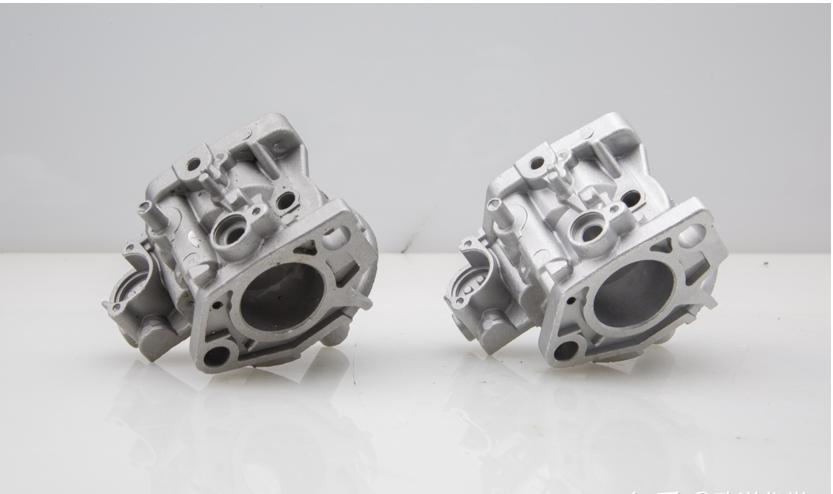Passivation is the last process step in chemical cleaning, and it is also a very critical step, whose purpose is to prevent corrosion of materials, which is particularly common in the cleaning of aluminum alloy workpieces. Because the surface of the aluminum alloy workpiece is very active after cleaning and prone to corrosion, it needs to be purified immediately, and a protective film will be generated on the metal surface after cleaning to slow down corrosion.
The phenomenon of metal passivation caused by certain passivating agents is called chemical passivation. The phenomenon of metal passivation caused by Yin and Yang polarization is called anode passivation or electrochemical passivation. Passivation is a means to prevent metal corrosion and protect metal. The following are the three main points of metal passivation summarized by Xiaobian.
First, which passivation process is more appropriate?
Aluminum alloy parts are usually mechanically polished before passivation, in which case the following process can be used for passivation: degreasing – water rinsing – activation – water rinsing – passivation – water rinsing – drying. If the workpiece is mechanically polished, and the film color is required to be natural, the corrosion resistance is not high, the process can be simplified as follows: degrease-water rinse-passivation-water rinse-drying. If the workpiece is better drained, the structure of the workpiece is relatively simple, and the process can be simplified into: degrease-water rinse-passivation-water rinse-drying. Therefore, the determination of the process flow is related to the production quality, efficiency and cost, which must be analyzed in detail and determined according to the actual situation.
Second, what kind of cleaning agent is better?
The cleaning effect of the cleaning agent can be measured from three aspects, one is whether the aluminum alloy workpiece will be corroded and discolored after cleaning. Some cleaning agents in the market, due to the use of strong inorganic acids and alkali in order to save costs, these corrosive cleaning agents will cause the metal surface to produce “hydrogen embrittleness”. Therefore, we should pay attention to this problem when choosing cleaning agents. The second is whether the oil and release agent can be cleaned, especially the unpolished die-cast aluminum alloy, the release agent on the surface is more difficult to clean, and aluminum alloy cleaning agent needs to be used. When the cleaning scale is large, the ultrasonic cleaning process is usually used for cleaning. The third is whether the cleaning agent meets the requirements of the cleaning equipment and environmental protection policies, the selected cleaning agent should be phosphorus free and heavy metal free, and the cleaning agent used for spraying needs to use a low-bubble cleaning agent. In summary, the selection of cleaning agent is mainly based on the workpiece material, cleaning effect and environmental protection requirements.
Third, how to judge whether the oil on the workpiece surface is cleaned?
In order to ensure the smooth progress of the passivation process, the passivation cleaning is also very important. To judge whether the oil on the surface of the workpiece is cleaned, I have two ways to recommend to you. First, the workpiece is soaked in water, and then take out to see whether the water film on the surface of the workpiece is evenly distributed within 2-3 seconds, if the water film is evenly distributed. Indicates that it has been cleaned, if there is a water film instant surface dry or water beads on the surface indicates that the cleaning is not clean; The second method is to rinse directly with water after cleaning, drain after taking out, wipe the surface of the workpiece with a white clean paper towel, check whether there is oil stains on the paper towel, you can determine whether the workpiece is clean.
The above three points need to be understood before the aluminum alloy is passivated, so please pay more attention.
Post time: Aug-11-2023


